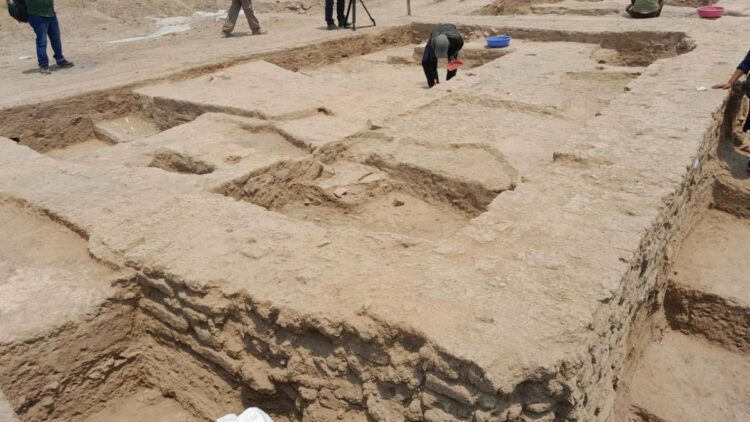In one of its most significant discoveries, the Archaeological Survey of India (ASI) found one jewellery making factory of the Indus Valley civilisation in Haryana’s Rakhi Garhi in Hisar district.
Rakhi Garhi is the largest archaeological site of the Indus Valley civilisation’s Harappan city which comes under two present day villages: Rakhi-Shahpur and Rakhi Garhi-Khash. Rakhi Garhi has been classified as a major metropolitan centre of the Harappan culture.
The discovery is significant because it reaffirms that the Indus Valley civilisation was highly sophisticated and planned. The current excavation going on in and around Rakhi Garhi has found structure of some houses, kitchen complex and a 5000-year-old jewellery making factory. Some Copper and Gold jewellery has also been found which had been hidden underneath for thousands of years.
“We have done a lot of work on Sinauli, Hastinapur and Rakhi Garhi in the last 20 years. You can say that the people of Rakhi Garhi were the ancestors of the people of Hastinapur and from this the culture got development and momentum,” India Today quoted ASI Additional Director General (ADG) Dr. Sanjay Manjul.
These findings establish that cities of Indus Valley civilisation, particularly Harrapan, were meticulously planned and engineered. Streets were well planned with drains covered and garbage bags placed at right spots.
Near the jewellery making factory, skeleton of two women was also found. It also has the utensils, possibly being used by the women. Archaeologists believe they must be lying there for hundreds of years.
Together with Mesopotamia and Egypt, the Indus Valley civilisation is the oldest known civilisation in the world. It was discovered in 1920. Harappa in the Punjab region and Mohqnjo-daro in the Sindh region, both in present-day Pakistan, are the two best known cities of the Indus Valley civilisation. Archaeologists believe that its 5000-7000 years old. The remains of the civilisation are spread till Delhi.
The population was estimated to be 23,500–35,000 in Harappa and 35,000–41,250 in Mohanjo-daro. In 1969, during a study by Prof. Suraj Bhan, it was revealed that the remains of the Rakhi Garhi belong to the Harappan culture.
“During the excavation of RGR-1, 2.5 metre-wide streets and walls were found. All of that shows Harappan town planning and engineering. Remains of house complex has also been found. How Harappan people used to stay in these houses is shown. Earthern stoves and antiquity were also found,” DNA quoted ASI Joint Director General Sanjay Manjul.
Rakhi Garhi and the surrounding areas had a cluster township spread over 500 hectares which includes 11 mounds which have been named RGR-1 to RGR-11.




















Comments